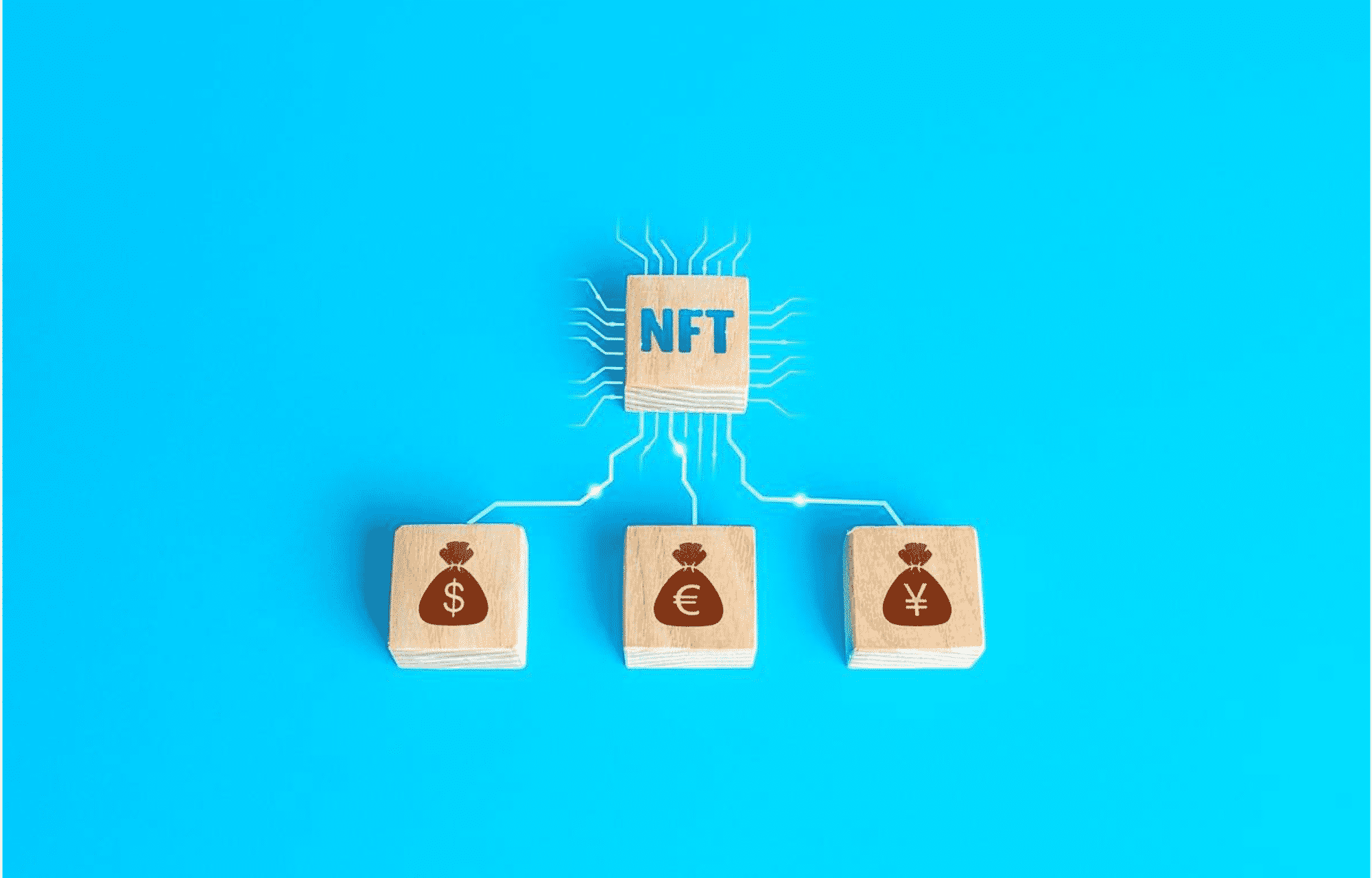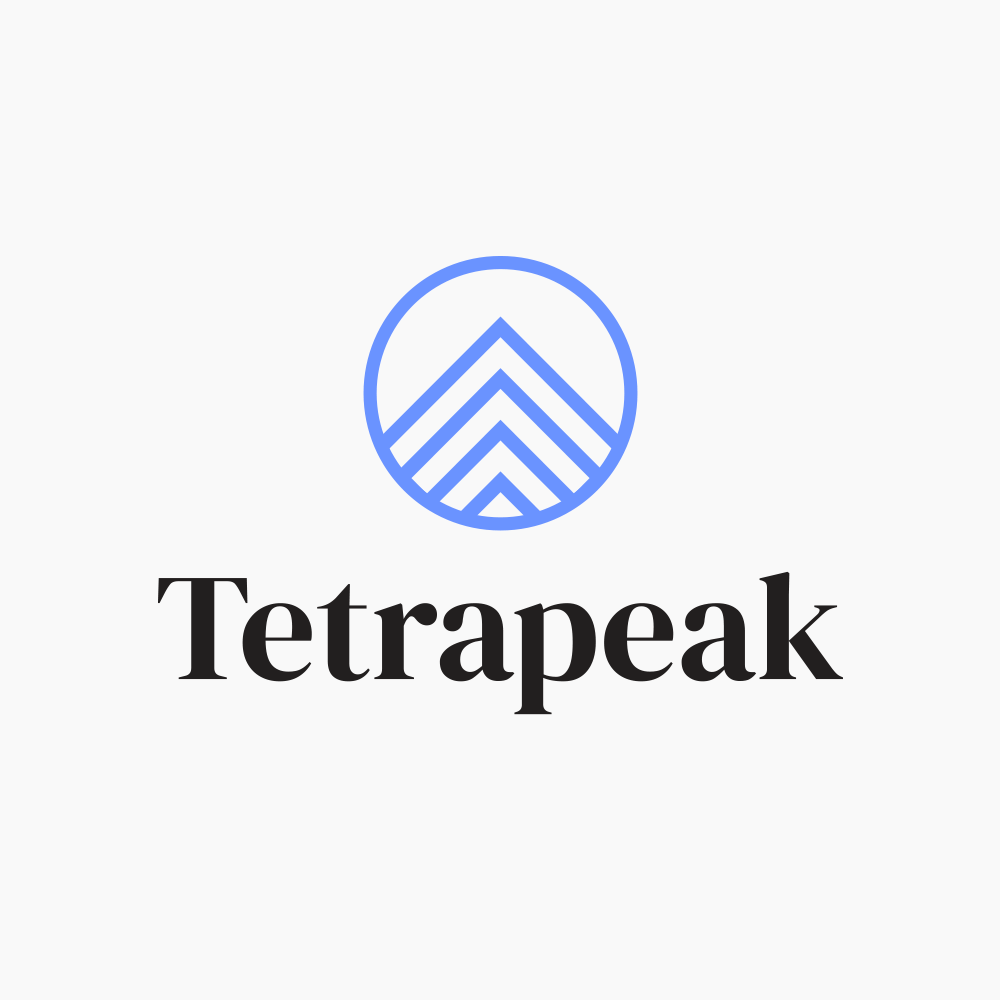New to crypto or just want to learn more about how NFT storage works, this article is for you!
With the rise in Digital Ownership of valuable assets, it’s very important to store NFTs the right way.

It’s a big worry for people who own NFTs or other digital items if they leave their items on third-party marketplaces.
“Not your keys, not your crypto” should also be true for NFTs.
What is an NFT?
An NFT can be used to represent any kind of digital or physical thing, like images, music, art, movies, real estate, or even exotic wines.
For a more detailed answer, see our post on what is an NFT?
Connecting the physical and digital assets means making a smart contract that manages token ownership and transfers.
Common Ways to Store NFTs
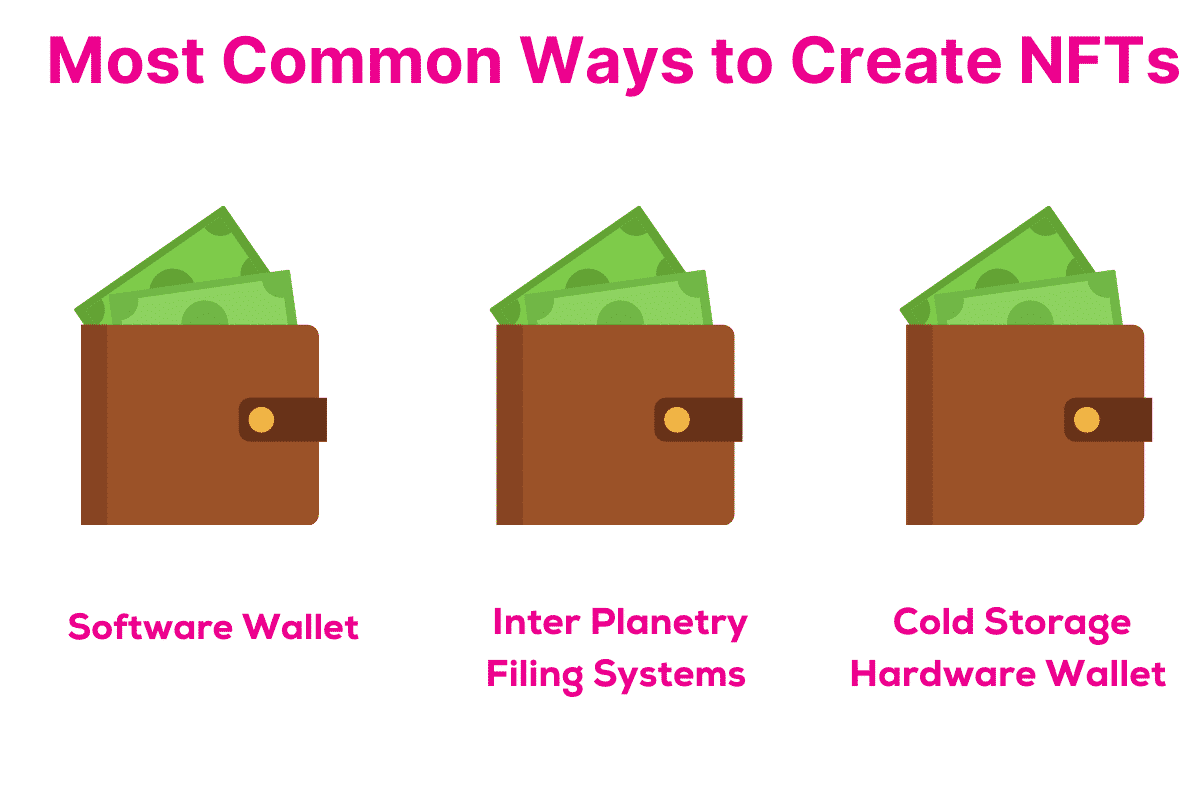
There are now a lot of smart contracts for NFTs that are based on the Ethereum ERC721 standard. Since the code for each smart contract is now stored on the blockchain, it won’t be going anywhere. This is all happening while the content, the NFT that goes with the smart contract is stored somewhere else. Where is this place?
Suppose you just bought a BoredApe NFT. The Ethereum smart contract shows that you own it, and you can prove this through the smart contract. Via the Smart contract, it will stay on the blockchain, so everyone can see where and when you minted the NFT. You can store the JPG file (BoredApe Cartoon) connected with the smart contract on any part of the internet. In
Being stored anywhere on the internet, means the NFT can disappear anytime. This brings us to the next question…
Where Do NFTs Go After You Have Bought Them?
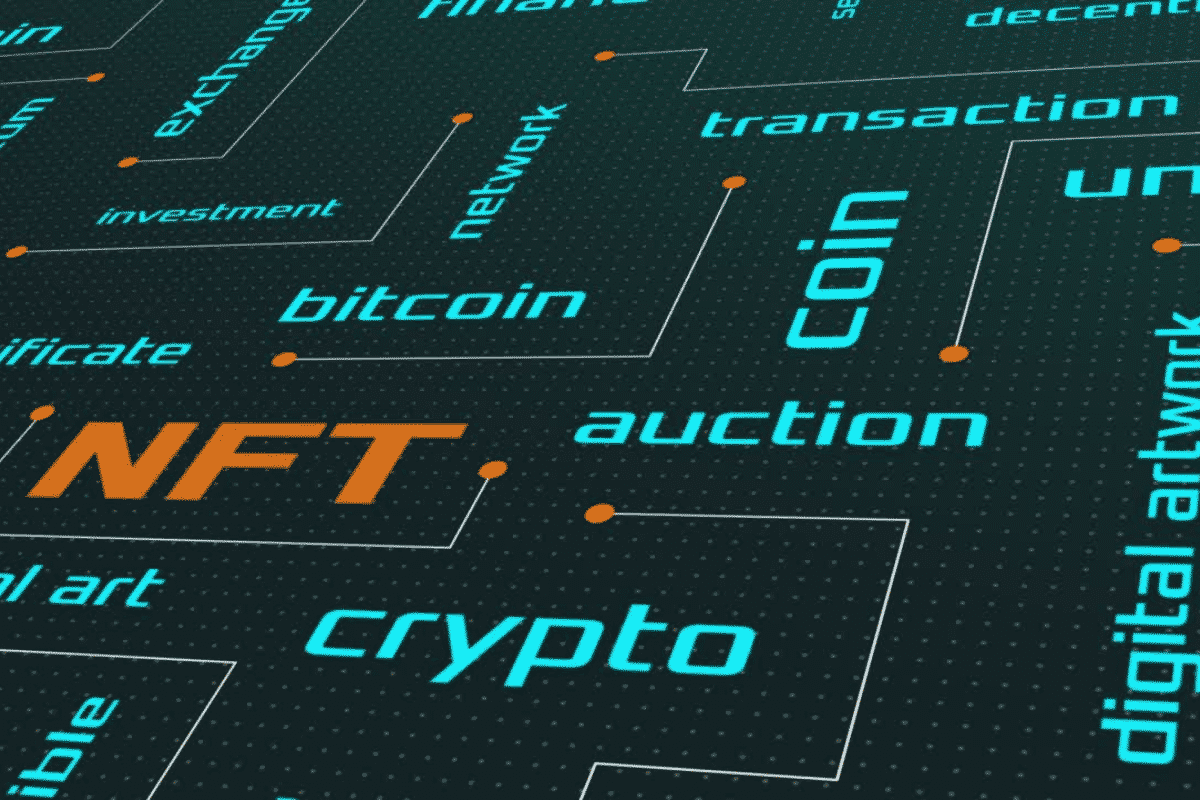
Newbies to NFTs frequently inquire, “Where do my NFTs go once I purchase them?” and often Google ‘How to store NFT assets’.
While NFT platforms make it easy to browse the NFT collections you possess, it’s critical to understand their physical location.
A widespread myth is that NFTs are stored on the blockchain. This is not the case. It depends on whatever section of the NFT is being discussed. The NFT itself is a reference to the digital signature established during the minting process(creation of the NFT). This distinctive digital signature (certificate) is a token that has a typical web address that points to the digital asset, such as digital art, song, or another type of digital object. See here for all the different types of NFTs.
The token, which is the digital signature itself is what is saved on the blockchain, whilst the file that is attached is stored on the NFT marketplace from which it was bought.
Hence, the NFT (non-fungible token) serves as a means of establishing ownership of the item you purchased, but the image itself resides elsewhere on the internet, for example, the OpenSea website if you bought it on Opensea.
Is Metamask the Major Wallet to store NFTs?
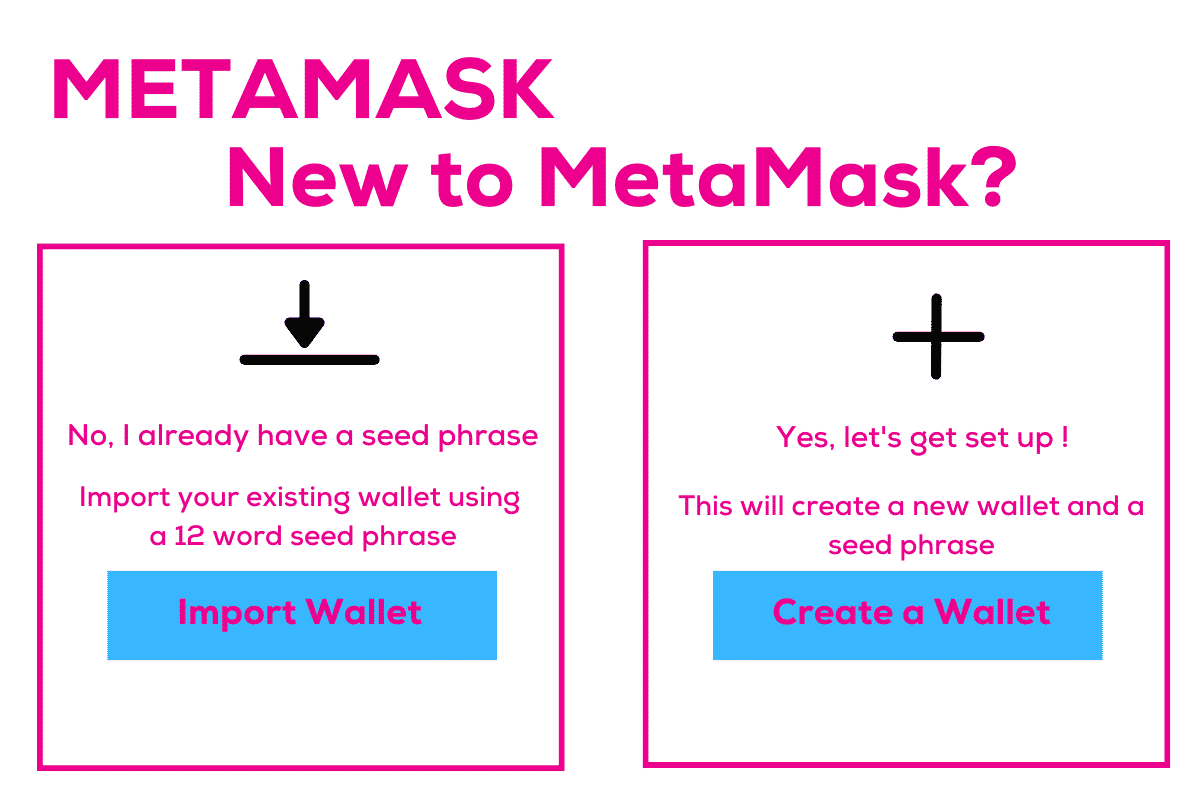
There are many crypto wallets to store your NFTs but the Metamask wallet is the most popular for the following reasons:
MetaMask allows you to trade your tokens directly from the app. A DEX (Decentralized Exchange) such as Uniswap can be used manually or you can utilize the built-in Swaps function in the MetaMask wallet (the browser extension version and the mobile app version both offer this feature).
Use MetaMask to discover dApps on the Ethereum blockchain. There is a MetaMask wallet for decentralized apps that do not require a full Ethereum client or node to be installed on your computer. You can connect to Ethereum-based services like OpenSea, Axie Infinity, and Rarible with ease thanks to this feature.
No need to use a Separate app to purchase crypto tokens. Since the wallet allows the capability to easily buy Ethereum using a credit card or debit card inside the dApp, you don’t need to use a separate app to purchase Ether or ERC20 tokens using MetaMask.
MetaMask makes it simple to swap tokens right from your wallet. To use MetaMask, you don’t need to register a second account on any of these platforms, which is a huge time-saver when you get the hang of it.
In MetaMask, you can directly purchase funds.
MetaMask is also quite user-friendly, especially for those with little prior experience. All you need to do is learn step by step guide on how to use the Metamask wallet.
Hardware Wallets Explained

The word “wallet” conjures up images of a compartment, box, bag, or vessel in which we can keep our actual cash. However, this is not so of cryptocurrency hard wallets. It is possible to store tokens offline using hardware wallets (also known as “cold storage wallets”), which are actual devices.
Your private key is the only means to control the ownership of your tokens in a virtual currency, and cryptocurrencies don’t exist in a material form. Your crypto assets must be stored and managed in a specific wallet.
If the device is linked to the internet, it may be used as a hot wallet (like MetaMask), making it both easy and safe.
A device password and a personal ID are included with most hardware wallets like the Ellipal Titan, ledger, and Trezor, although this is not always the case. It’s also possible to restore your data on a stolen or lost hard wallet device provided you secure your private keys.
Advantages of Hardware Wallets
The major question investors ask is the advantages of hardware wallets in an internet age. The advantages of hardware wallets are:
Minimizes risks associated with Data Breaches.
With hardware wallets, they minimize the risks that you can’t control such as major data breaches at NFT marketplaces or cryptocurrency exchanges or malware that exploits zero-day vulnerabilities in mobile and desktop operating systems.
The private keys are not made public.
Your hardware device is the only place where you’ll need to store your private keys. Your private key cannot be hacked or duplicated because it never makes it to your machine.
Verification of the Device
You can’t verify your online transaction on a computer; you need to do it on your hardware wallet. Because of this, no one can use your smartphone to do transactions without getting your permission first. You are certain at all times that your money is protected so long as you keep your hard wallet device secure.
Encryption of Pin improves security
The hardware wallet is secured with an encrypted pin. This pin is generated by you and only you know its secret. The device will self-destruct after the third incorrect pin enter if anyone attempts to forcefully activate it. To keep your money safe, both the public and private keys are removed from the device.
The device is immune to Virus Infection
Due to the nature of virus attacks on system software, your hardware wallet is not vulnerable. Unlike software wallets, hardware wallets are impenetrable, making them the safest alternative for storing your cryptocurrency.
Comparison between “Hot” and “Cold” Wallets
Obviously, cold wallets are the most secure solution when it comes to protecting your cryptocurrency assets.
A variety of factors come into play while selecting whether to use a hot or cold wallet, such as: how frequently you buy and sell NFTs, How much your NFTs mean to you (that is, how risky it will be to lose them) Whether you place more importance on comfort or safety or not and the value of your NFTs,
A cold wallet is great for long-term NFT storage if you don’t plan on using it regularly, but if you plan on trading frequently, a hot wallet may be handier for your needs.
For those who are fortunate enough to own one of the rarest “Pak’s ‘The Merge,” ‘NBA Moments” or Cryptopunks worth millions of dollars, it’s imperative that they do everything they can to ensure that they retain ownership of their prized possession until they decide to sell it. It doesn’t matter if you have NFTs that isn’t worth much right now, but you believe they’ll appreciate in the future; hard wallets are a good way to protect your money.
Hardware wallets are an excellent idea if you’re concerned about security or have valuable NFTs. However, you should only acquire hardware wallets from the company’s official site and avoid lesser-known hard wallet providers.
Other ways of storing NFTs

NFTs can be stored in a variety of ways, some of which are less well-known than others. Here are some of the most well-known:
InterPlanetary File System (IPFS)The IPFS is an open-source project from Protocol labs. It is used for storing and accessing websites, data, files, and applications.
There is a lot of potentials for IPFS to serve as a foundation for a new, decentralized web because of how widely distributed it is and how easy it is to use. It eliminates the need for servers and fundamentally alters how the internet functions. A single physical location is not required to store digital data utilizing IPFS, which means that any type of data can be accessed from anywhere even outside the planet. A decentralized internet is what you get with IPFS!
NFT storage is a natural fit for IPFS, of course. Rather than storing actual files (such as digital artwork), NFTs merely save a digital signature (also known as a “certificate of ownership”). And the file is stored off-chain. Large volumes of data, such as photos, videos, and 3D models, are difficult to store on blockchains since blockchains are so good at producing and preserving small bits of data compared to large blocks of data.
This means that if you use platforms like Pinata and Filecoin to store your own NFTs, you won’t have to worry about their ever being lost, such as if the marketplace where they are stored goes out of business or something like that happens.
Also known as the “permanent storage” of NFTs and the files they are linked with, this combination of blockchains and IPFS ensures you never have to worry about losing your NFT assets or the files they are associated with, no matter whether you are a digital artist or an owner of an NFT because they don’t come from standard URL. Beeple stored his work on IPFS including other big NFTs owners.
Frequently Asked Questions
Where is the Best Place to Store NFTs?
The best place you can store your NFT data is on a hardware wallet.
What will happen to my NFT if the platform I purchased it on disappears?
Owners of NFTs are concerned about this. Fortunately, the token or certificate of ownership, known as the NFT, will always exist. However the file which it is connected with (e.g. digital painting, etc.) would theoretically no longer be accessible through the web address that the certificate links to. In the meantime, no single new technology, such as IPFS, has been selected as the official solution to this potential issue, though they are still being considered as potential solutions.
How can my NFT get hacked or stolen?
A significant amount of your NFT data is required for a successful hack of your NFT. To ensure the safety of your NFTs, follow strict safety measures. In the absence of your recovery phrase (the long string of words you are given when you first create your crypto wallet) and password, no one can obtain access to your NFTs on the blockchain because only you know and has the private key or password needed to gain access to your crypto assets.
Can NFTs be copied?
The digital sigature that indicates you possess an NFT cannot be stolen or duplicated in the same way that digital photos or source code can merely be copied from the internet. You can copy the file but not the digital signature.
Is it necessary to secure my NFT collection?
Yes, it is. You spent money to acquire these NFT collectibles, they represent valuable assets, hence, must be secure.
NFT Storage Conclusion
Cryptocurrency and art industries are embracing NFTs as the next big thing. You can make a lot of money by holding and trading non-fungible tokens (NFTs). See our NFT marketing guide here.
We’ve already talked about the many solutions for keeping your NFTs safe, including hardware wallets, IPFS, and web wallets. You must understand where tour NFTs are stored and how to safeguard them.
